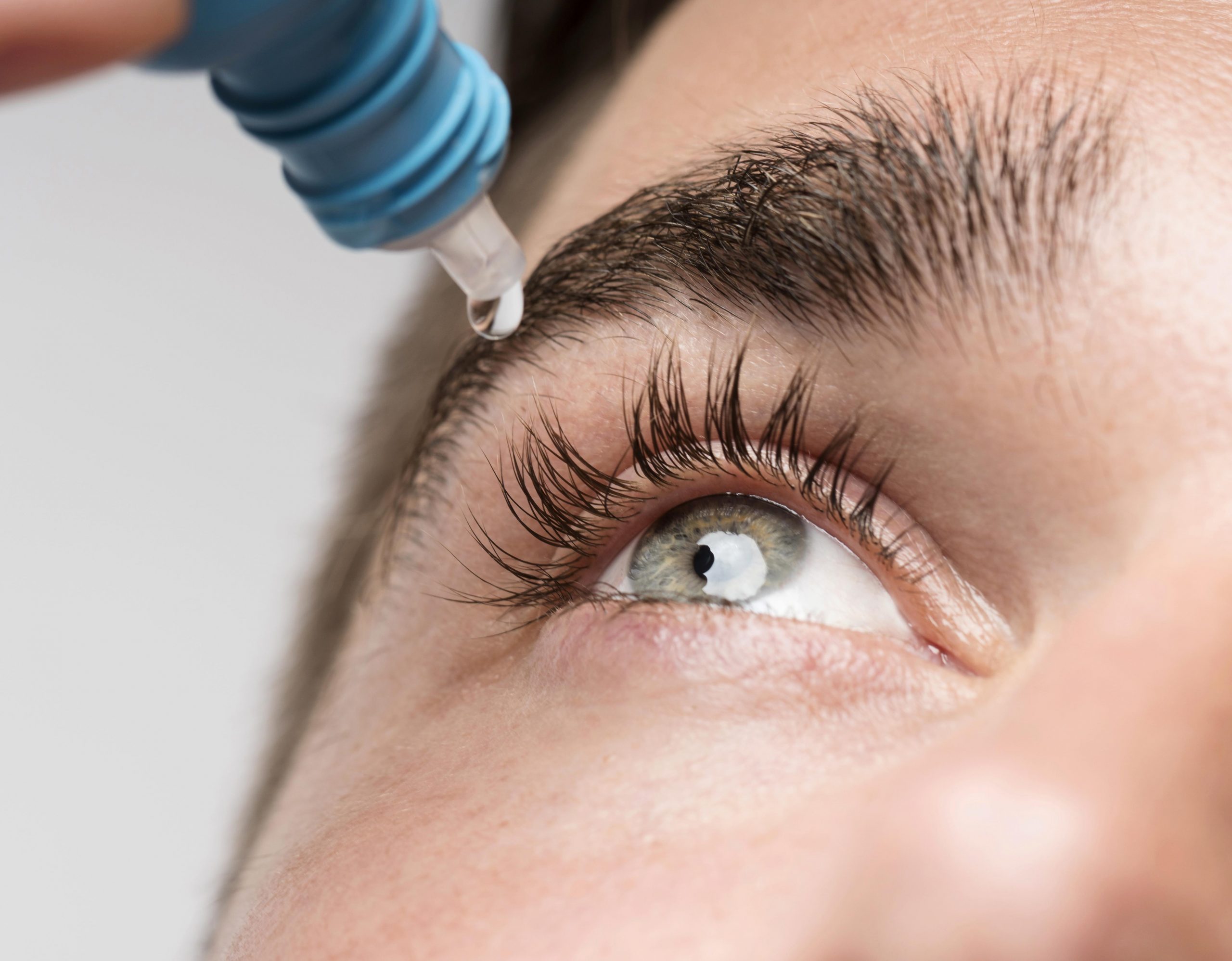

A new study reveals that eye drops produced by Columbia University researchers may be a more effective–and more comfortable–therapy for a common eye illness that is presently treated with injections into the eye.
Retinal vein occlusion (RVO), an eye condition that affects up to 2% of adults over the age of 40, arises when a vein in the retina becomes blocked, causing edema, inflammation, retinal damage, and vision loss.
The standard treatment involves injecting a vascular endothelial growth factor inhibitor (anti-VEGF) into the eye to minimize edema. Although the procedure can restore eyesight, patients who have extensive retinal damage owing to insufficient blood flow frequently have poor outcomes.
“Anti-VEGF therapy has helped a lot of people with RVO, but the fear factor—having to get a needle in the eye—causes many people to delay treatment, which can lead to retinal damage,” says Carol M. Troy, MD, PhD, professor of pathology & cell biology and of neurology at Columbia University Vagelos College of Physicians and Surgeons. “There’s an opportunity to help more people with this disease that is a leading cause of blindness worldwide.”
An experimental eye drop treatment was twice as successful as normal injectable therapy at lowering swelling and increasing blood flow within the retina of mice with RVO, according to the study. The eye drops also prevented the deterioration of neurons (photoreceptors) in the retina and preserved visual function over time, whereas the usual injections had no effect on either.
The ‘death enzyme’ is the target of eye drops
The eye drops contain an investigational medication that inhibits caspase-9, an enzyme that causes cell death that Troy’s group discovered to be overactive in RVO-damaged blood vessels.
“We think the eye drops improve the health of blood vessels in the retina, which then decreases the toxic signaling that damages the retina’s neurons and leads to vision loss,” says Maria I. Avrutsky, PhD, the study’s first author who conducted the research as a postdoc in the Troy lab.
Future research will focus on developing the eye drops for human clinical trials and identifying new therapeutic targets.
“Finding the root cause of RVO is the holy grail, but if we can at least provide better symptomatic relief that doesn’t distress patients, it would be a really good start,” Troy says.
more recommended stories
 E-Cigarette Use and Heart Attack Risk in Former Smokers
E-Cigarette Use and Heart Attack Risk in Former SmokersKey Takeaways for Clinicians and Nurses.
 36-Week Pre-eclampsia Screening May Reduce Term Risk
36-Week Pre-eclampsia Screening May Reduce Term RiskA New Preventive Strategy for Term.
 Cardiovascular Risk and Sudden Cardiac Death in Diabetes
Cardiovascular Risk and Sudden Cardiac Death in DiabetesRising Sudden Cardiac Death (SCD) Risk.
 Poor Kidney Function and Alzheimer’s Biomarkers Explained
Poor Kidney Function and Alzheimer’s Biomarkers ExplainedPoor kidney function may influence levels.
 Walking Speed Before Hip Replacement Predicts Recovery
Walking Speed Before Hip Replacement Predicts RecoveryNew Evidence Points to a Simple,.
 Neuroblastoma Drug Combo Extends Survival in Models
Neuroblastoma Drug Combo Extends Survival in ModelsA Promising Shift in High-Risk Neuroblastoma.
 Safer Allogeneic Stem Cell Transplants with Treg Therapy
Safer Allogeneic Stem Cell Transplants with Treg TherapyA new preclinical study from the.
 How Soybean Oil Impacts Weight Gain and Metabolism
How Soybean Oil Impacts Weight Gain and MetabolismWhy Soybean Oil May Affect Metabolism.
 Coffee and Cognitive Function: Evidence Review
Coffee and Cognitive Function: Evidence ReviewA new narrative review in Cureus.
 AI in Emergency Medicine and Clinician Decision Accuracy
AI in Emergency Medicine and Clinician Decision AccuracyEmergency teams rely on rapid, accurate.

Leave a Comment